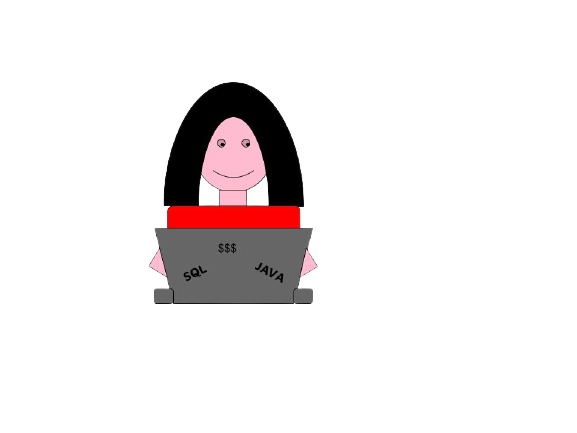
|
|
| Home | Portfolio | Watch List | Newsletter | About | Contact Me |
The week that was:
Inflation:
The biggest, and most obvious sign of inflation, is rising prices on essentials such as milk, gas, oil, clothes, or food. Because of the high prices, there is less affordability as people have to spend more money than they did before. The low affordability also causes people to start cutting off items from their shopping list, and mostly spend money on essentials.
During inflation, all the people stand in a line. In the front of the line are the low income people. They are the first to get impacted by inflation because they have the least amount of money to spend, and they have no choice but to pretty much only spend on essentials. After them, the next in line are the middle class people, while the high income people bring up the rear. The middle and high income people do not have to worry about inflation just yet, but their turn will come soon. After all, they can't stay in line forever.
Once inflation is high, it is very difficult to roll back. One way to decrease inflation is by raising interest rates(more on that later)as the Fed is doing now, but it will take a very long time to do so.
It is not only the people that get impacted by inflation, but companies also get equally impacted because the price of their raw materials rise due to inflation. For example, recently, the price of Dutch Bros crashed a lot because inflation caused milk prices to rise.
Interest Rates:
When the borrower of a loan has to pay it back, they also have to pay it back with a certain percentage of interest to the lender. For example, if you have to pay back a loan of $100 with an interest rate of 5%, you have to pay back the loan, along with 5 percent of 100, which is $5.
When the interest rates are low, the borrower has to pay back less money. Since they don't have to pay as much, they are more motivated to borrow money. When they borrow more, they also spend more money, sometimes recklessly. This can lead them to spend more money than they can afford and on things they do not need. When the rates are low, many people are more inclined to spending money on trendy, non-essential, expensive stuff, like fidget spinners, and Peloton bikes.
On the other hand, when there are high rates, the borrower has to pay back more money. Because of that, they are less motivated to borrow money. This also causes them to spend less money. When the rates are high, people will be spending money on Unilever products rather than Peloton bikes.
Coming back to the original question: how are inflation and interest rates connected? Inflation alone increases prices, and causes people to spend less. The Fed raises interest rates when inflation is high. This makes it harder for people to borrow money. This leads them to spend less money. That leads to demand destruction. That is what the Fed is trying to do. Keep rising interest rates until inflation is high, that demand is destroyed, and inflation automatically starts to decrease because people are buying less stuff.
This week, the Fed raised interest rates by 0.75%. After doing 0.25% increases for so long, they are finally raising the rates even more, which shows that they are actually trying to take action against inflation. The last time interest rates were raised so high was in 1994!
Thanks for subscribing to the MSI newsletter. See you next week!